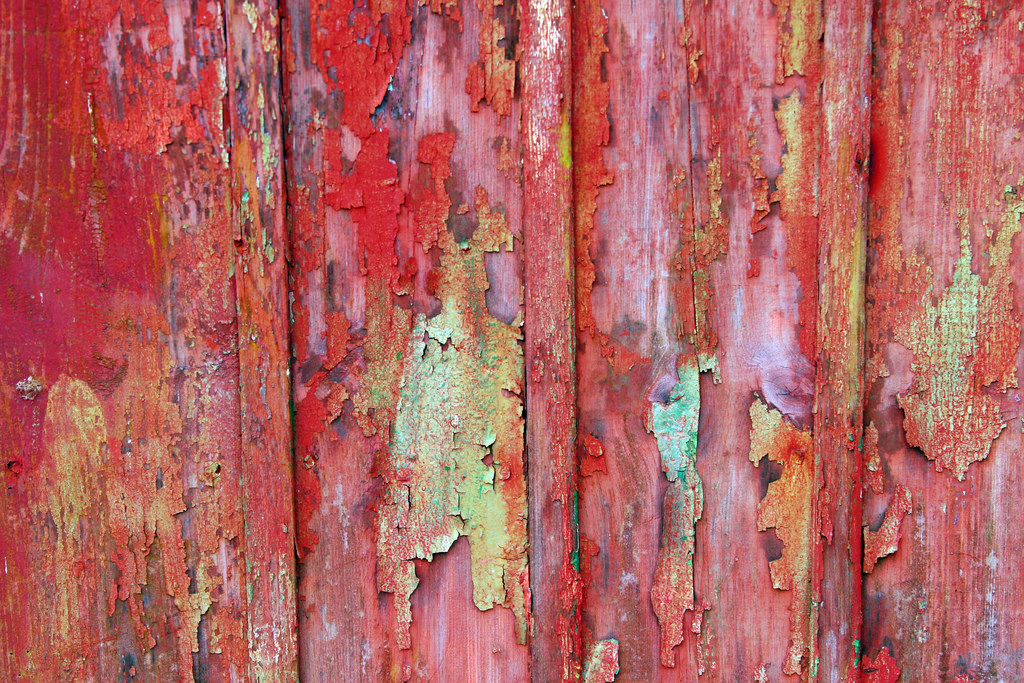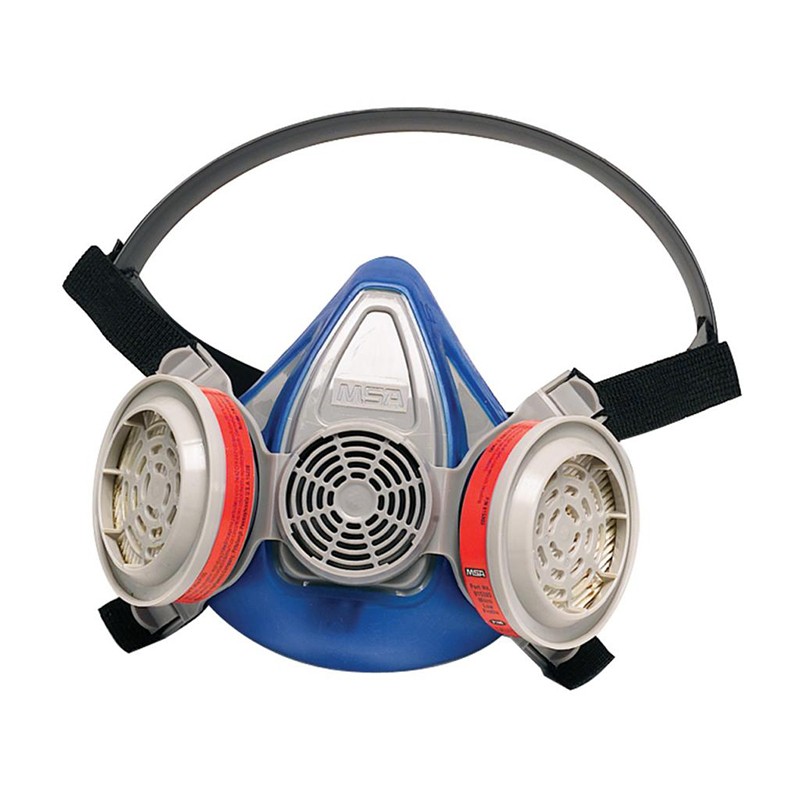One heavy metal you don’t want in your life….LEAD.
As a youngster I remember every child became aware that some of their toys contained lead or were painted with lead paint. These were quickly removed from our playgrounds and toy boxes.

Watch Graham's Lead Safety video here.
Decades later it was lead in petrol and of course the hidden danger of lead in house paint but wasn’t that was all ‘solved’ after 1970 when lead paint
was prohibited and the 1980’s as lead petrol was phased out?
Well YES and NO.
-
Lead has been used is many products around the home, however a significant source of lead for residential properties can be lead-paint, found in,
on, and around homes built before 1970
-
Other important sources of lead around the home include lead-dust in the roof and wall cavities - some of this dust may be from before the 1980s
when petrol contained high levels of lead
-
Home renovations are becoming an everyday practice, and even a hobby, for many Australians
Hardware stores are the new ‘weekend village greens’ as unwary DIY home gather to buy the ‘where with all’ to rebuild, and repaint at a rate never seen
before.
-
Unfortunately, however, where a home has lead paint and/ or lead dust issues, renovations may cause lead exposure to yourself, your loved ones,
and neighbours.
-
Some activities that can cause exposure to lead during renovations include the preparation of lead containing surfaces (paints and other) by sanding
or open flame torches, demolition of lead-dust contain structures such as walls and ceilings, replacement of plumbing, and moving carpets contaminated
with lead-dust.

Old, flakey paint almost invariably contains lead.
So, let’s be safe and make it easy…
I’ve joined forces with the NSW Government’s Environment Protection Authority to focus attention on preventing exposure to lead while working on today’s
suburban ‘renovators dream’.
In DIY language, every tradie and expert will tell you “it’s all in the preparation”, and that’s not just repainting a room or outdoor window frames.
You can take simple, sensible precautions:
-
Where practicable, pregnant women, children and pets should move out during renovations until after the clean-up.
-
Wash hands and face before meals, and shower and change clothes when you finish work.
-
Do not smoke or carry cigarettes in the work area.
-
Wash hands and face before smoking to stop lead entering your mouth.
-
Wash work clothes separately from other clothes using a phosphate detergent and rinse the washing machine afterwards.
Preparations
-
Outside: Lay plastic sheeting under the work area to protect your garden and children’s play area from paint dust fallout. Close windows and doors.
Inform your neighbours so they can protect themselves if dust blows their way.
-
Inside: Seal the work area off from the rest of the house and outside by covering floors, doors and windows with plastic and tape. Remove soft
furnishings, curtains, carpets and other household items or cover them with plastic. If removing old carpet, spray the surface with water to
keep dust down. Roll the carpet inwards, wrap it in plastic and tape it up.
Equipment and practices
-
When repainting, wet-sanding and wet-scraping are the safest methods of preparing the surface. Do not use open-flame torches and heat guns as they
create lead fumes. Some chemical strippers can be dangerous so follow the manufacturer’s instructions. Methylene chloride strippers should
be avoided.
-
Always wear an AS-1716-approved respirator fitted with P1 (dust) or P2 (dust and fumes) filters and coveralls. Simple paper masks may not fit well
and do not protect against fine dust.
-
During plumbing work, use lead-free solder and flush the pipes with water for five minutes afterwards.

Get yourself a good respirator.
Clean up
-
Clean up after renovating before pregnant women, children or pets return to the property.
-
Do not sweep or use your domestic vacuum cleaner. Wet-wash the entire work area with a phosphate detergent (e.g. liquid sugar soap) and then rinse
with clean water. Rinse mops and cloths to avoid spreading contaminated debris.
-
Dispose of waste in sealed heavy-duty plastic bags. Use a water spray bottle to wet down dust and debris on plastic sheeting before wrapping it
up.
-
Do not burn painted wood.
In fact, if you live in a pre 1970’s home check the EPA website for advice before attempting any DIY project. Then you can proceed in the knowledge you’ve
covered all bases and ‘sleeping’ lead won’t appear during your next home endeavor.